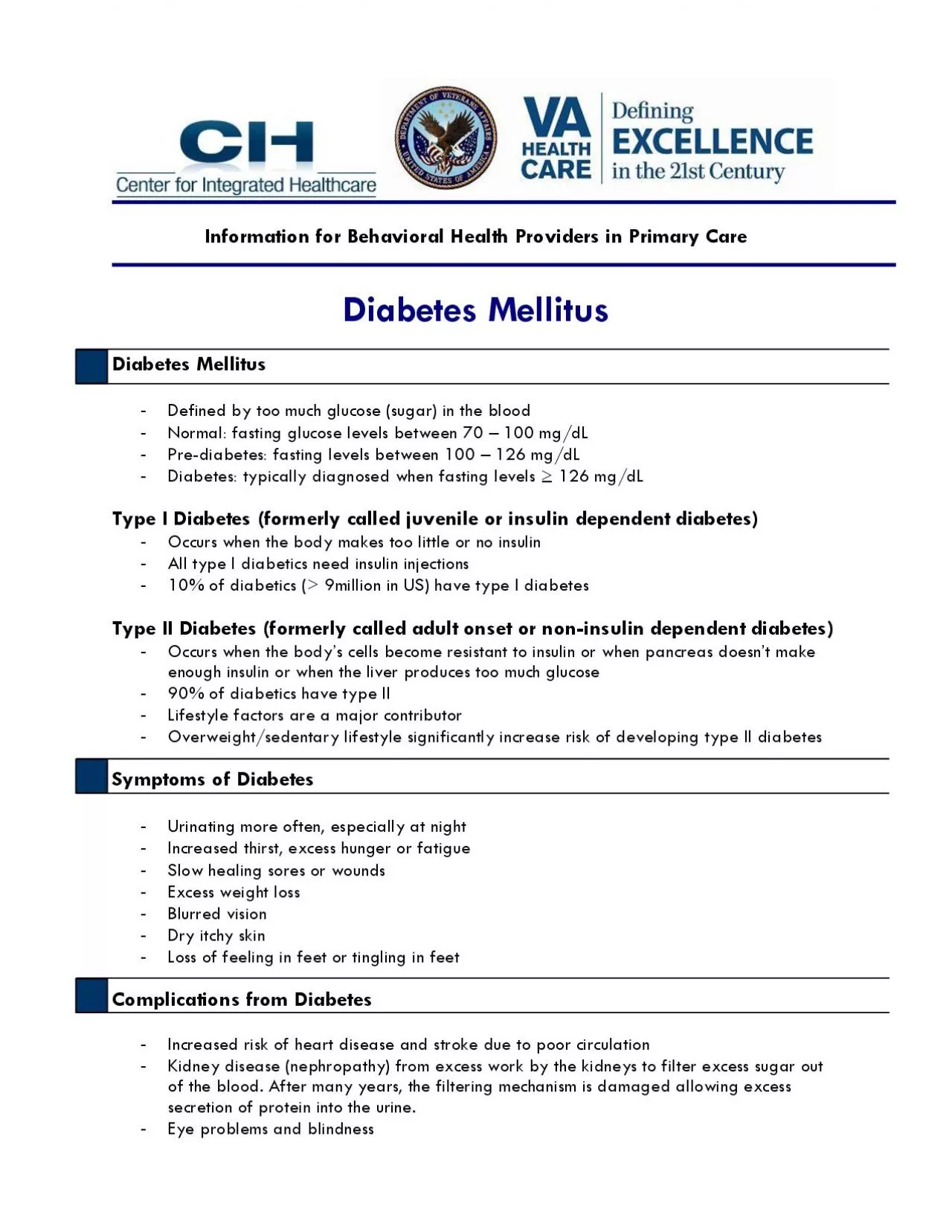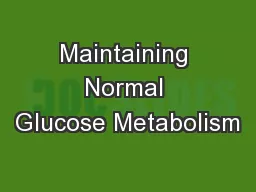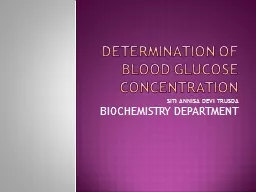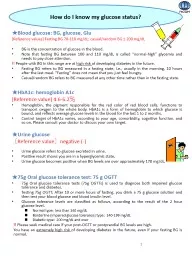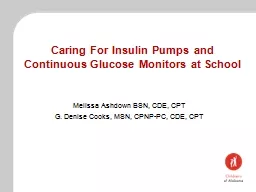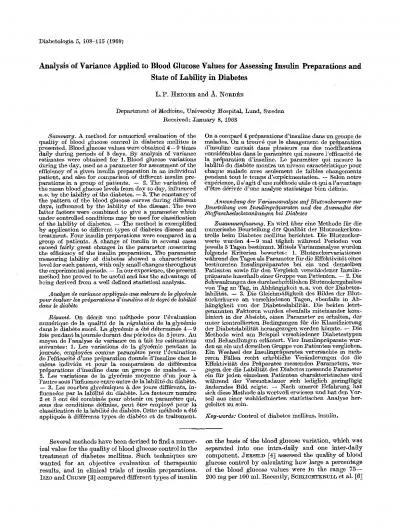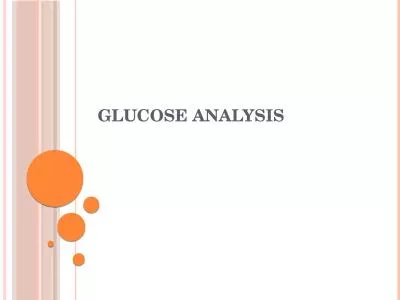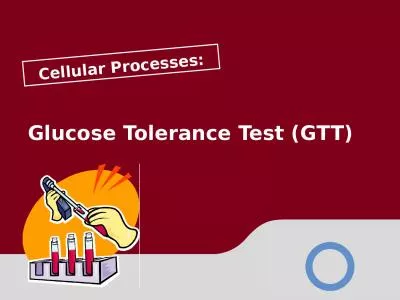PDF-Defined by too much glucose sugar in the blood
Author : vivian | Published Date : 2022-09-03
Normal fasting glucose levels between 100 mgdL Prediabetes fasting levels between 100 126 mgdL Diabetes typically diagnosed when fasting levels mgdL 90 of diabetics
Presentation Embed Code
Download Presentation
Download Presentation The PPT/PDF document "Defined by too much glucose sugar in the..." is the property of its rightful owner. Permission is granted to download and print the materials on this website for personal, non-commercial use only, and to display it on your personal computer provided you do not modify the materials and that you retain all copyright notices contained in the materials. By downloading content from our website, you accept the terms of this agreement.
Defined by too much glucose sugar in the blood: Transcript
Download Rules Of Document
"Defined by too much glucose sugar in the blood"The content belongs to its owner. You may download and print it for personal use, without modification, and keep all copyright notices. By downloading, you agree to these terms.
Related Documents

